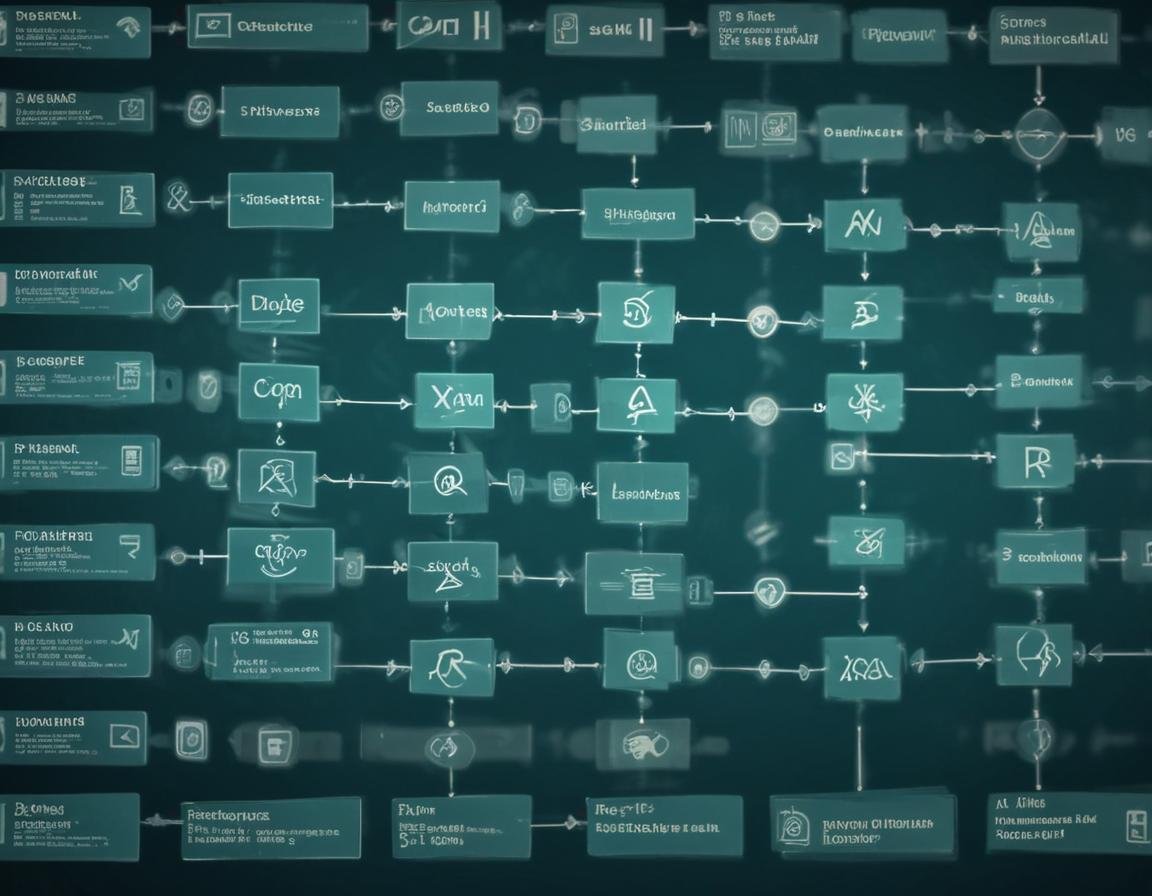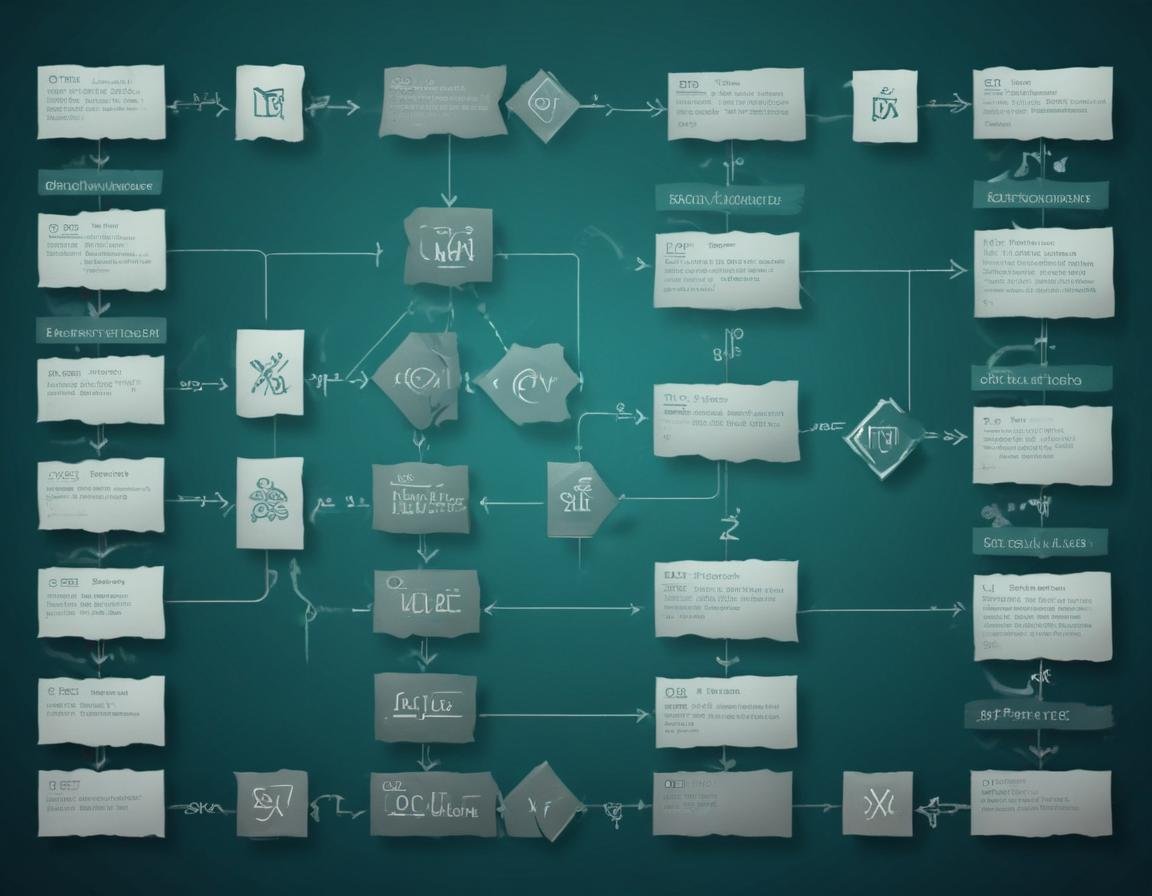- 0 Comments
- 268 views
Welcome to CodeNameJessica
✨ Welcome to CodeNameJessica! ✨
💻 Where tech meets community.
Hello, Guest! 👋
You're just a few clicks away from joining an exclusive space for tech enthusiasts, problem-solvers, and lifelong learners like you.
🔐 Why Join?
By becoming a member of CodeNameJessica, you’ll get access to:
✅ In-depth discussions on Linux, Security, Server Administration, Programming, and more
✅ Exclusive resources, tools, and scripts for IT professionals
✅ A supportive community of like-minded individuals to share ideas, solve problems, and learn together
✅ Project showcases, guides, and tutorials from our members
✅ Personalized profiles and direct messaging to collaborate with other techies
🌐 Sign Up Now and Unlock Full Access!
As a guest, you're seeing just a glimpse of what we offer. Don't miss out on the complete experience! Create a free account today and start exploring everything CodeNameJessica has to offer.

-
Entries
47 -
Comments
0 -
Views
25295
Entries in this blog
- 0 Comments
- 331 views
- 0 Comments
- 232 views
- 0 Comments
- 206 views
- 0 Comments
- 209 views
- 0 Comments
- 223 views
- 0 Comments
- 229 views
- 0 Comments
- 227 views
- 0 Comments
- 202 views
- 0 Comments
- 201 views
- 0 Comments
- 201 views
- 0 Comments
- 232 views
- 0 Comments
- 237 views
- 0 Comments
- 212 views
- 0 Comments
- 238 views
- 0 Comments
- 221 views
- 0 Comments
- 224 views
- 0 Comments
- 263 views
- 0 Comments
- 237 views
- 0 Comments
- 293 views
- 0 Comments
- 239 views
- 0 Comments
- 213 views
- 0 Comments
- 286 views
- 0 Comments
- 228 views
- 0 Comments
- 235 views

























